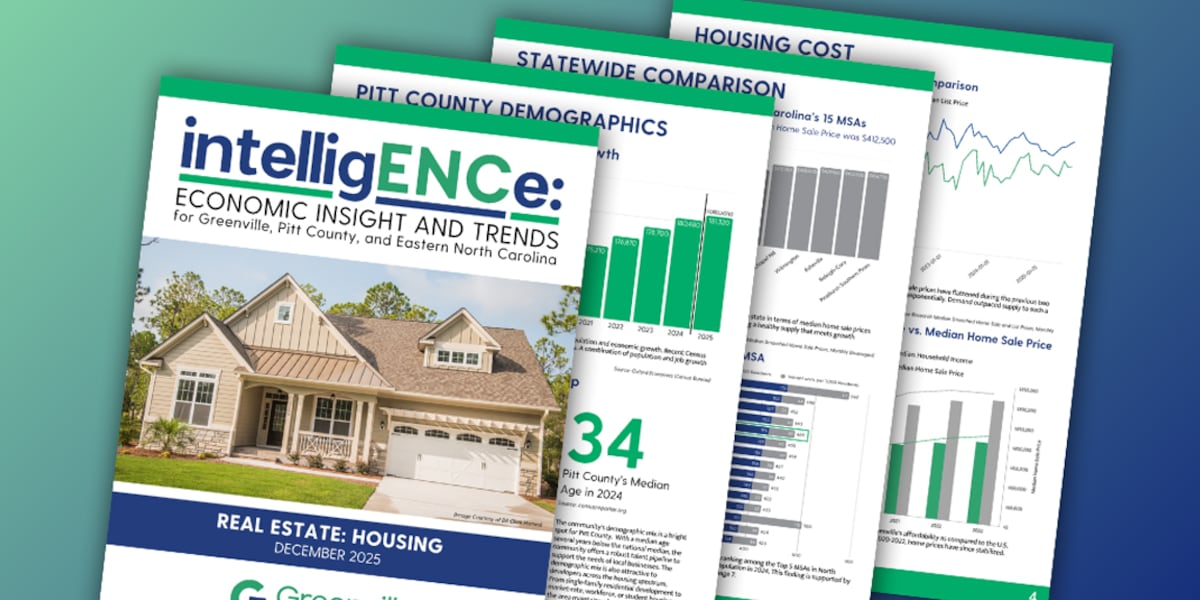I
ncome investors often look to real‑estate, especially as the Fed is expected to cut rates again. The Dow Jones U.S. Real Estate Capped Index delivers only a 12‑month dividend of 2.32 %, roughly double the S&P 500 ETF but still modest. A higher‑yield alternative is the NEOS Real Estate High Income ETF (IYRI).
Launched in January, IYRI has already attracted $136.4 million in assets and tracks the same index, offering an 11.71 % yield. As a covered‑call ETF, it gives investors some upside if REITs rally, a possibility that could materialize after the Fed’s October 29 meeting. Because it is not a pure equity vehicle, IYRI is less exposed to Fed policy than traditional REIT ETFs, which is advantageous if rate cuts are uncertain.
Sentiment for REITs is improving, with U.S. REITs raising $21.3 billion in Q3 2025 through secondary debt ($14 billion), common equity ($6.6 billion), and preferred equity ($740 million) offerings (Nareit). Although REITs remain rate‑sensitive, IYRI’s structure dampens that exposure. Lower rates reduce borrowing costs, boost property values, and strengthen dividend‑paying models—factors that have historically helped REITs outperform broader stocks after Fed easing (Invesco).
For further insights, visit the Tax Efficient Income Content Hub and earn free CE credits with new strategies.













